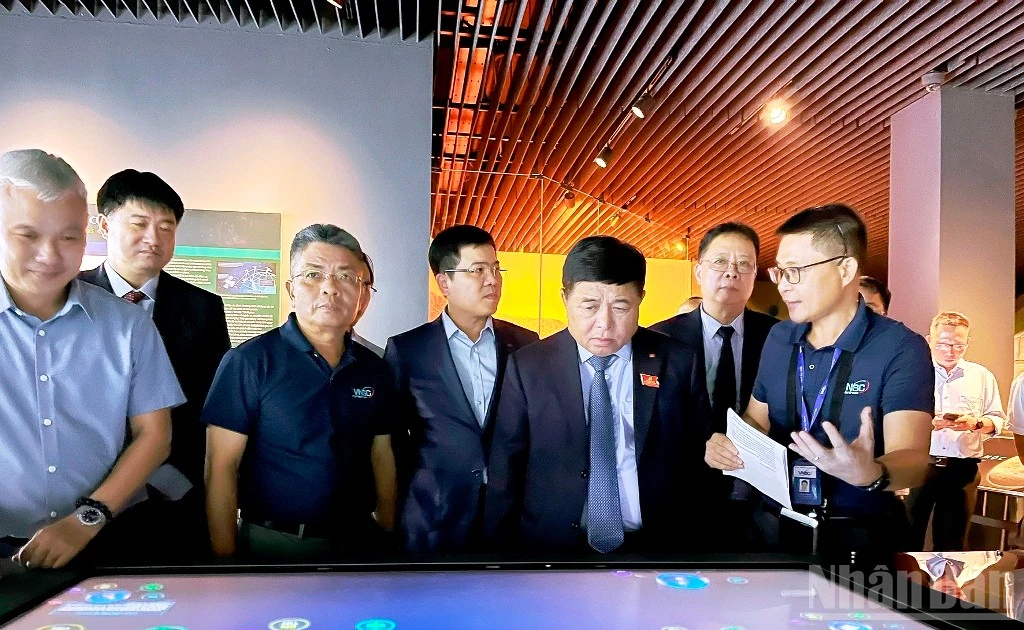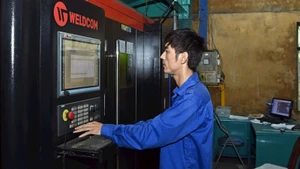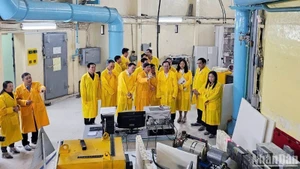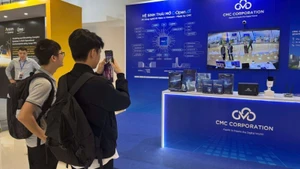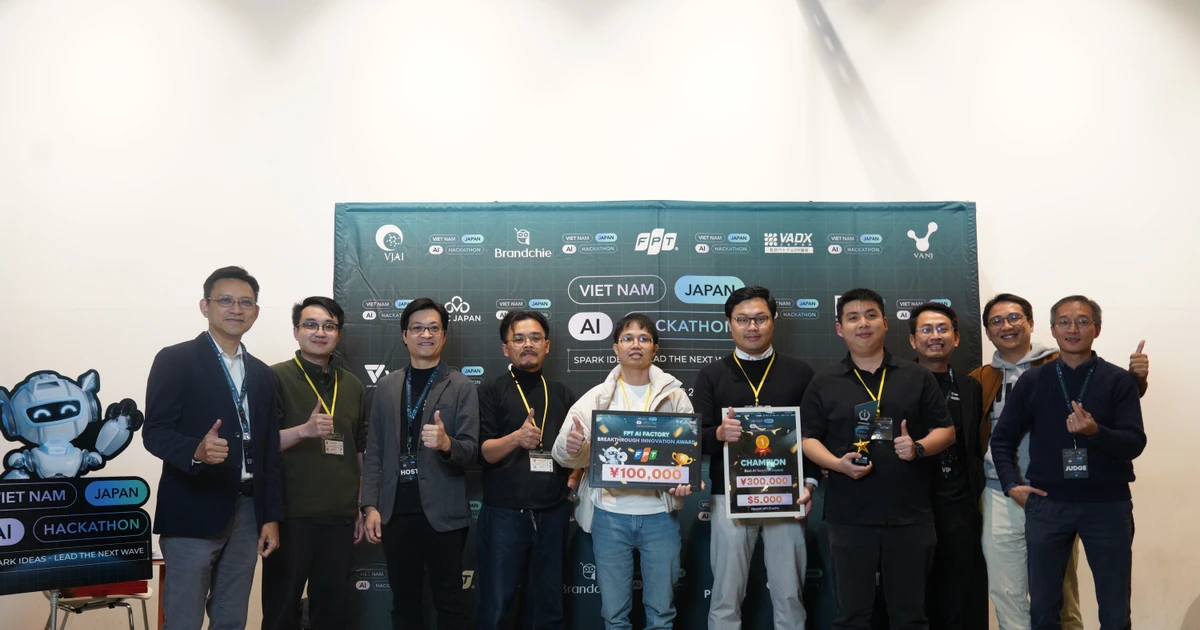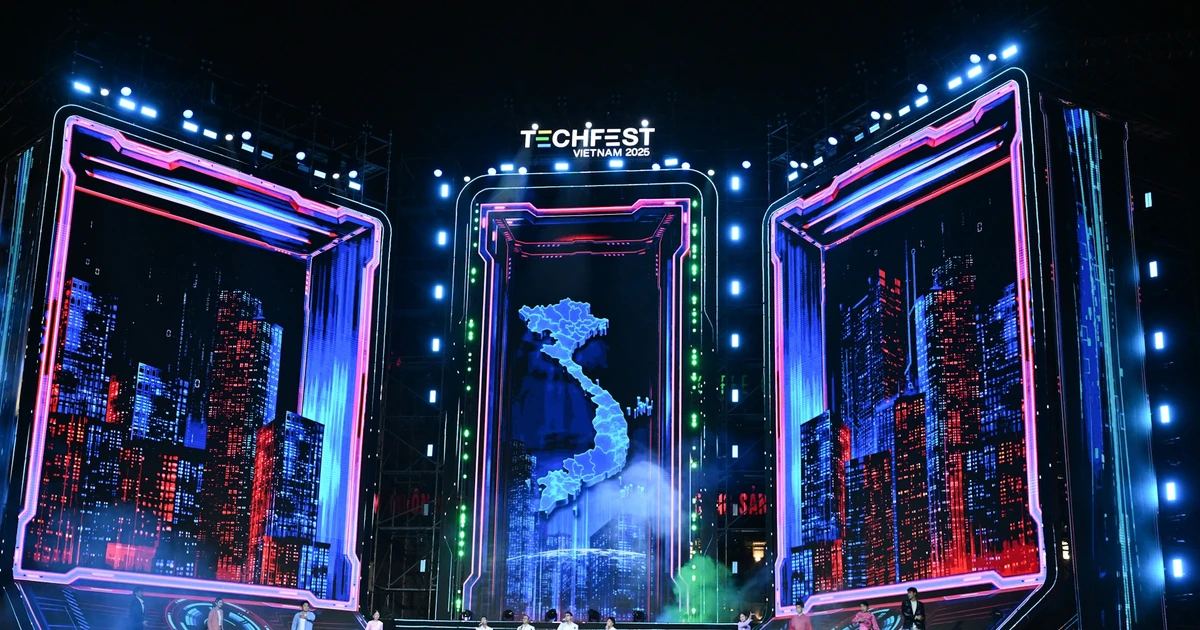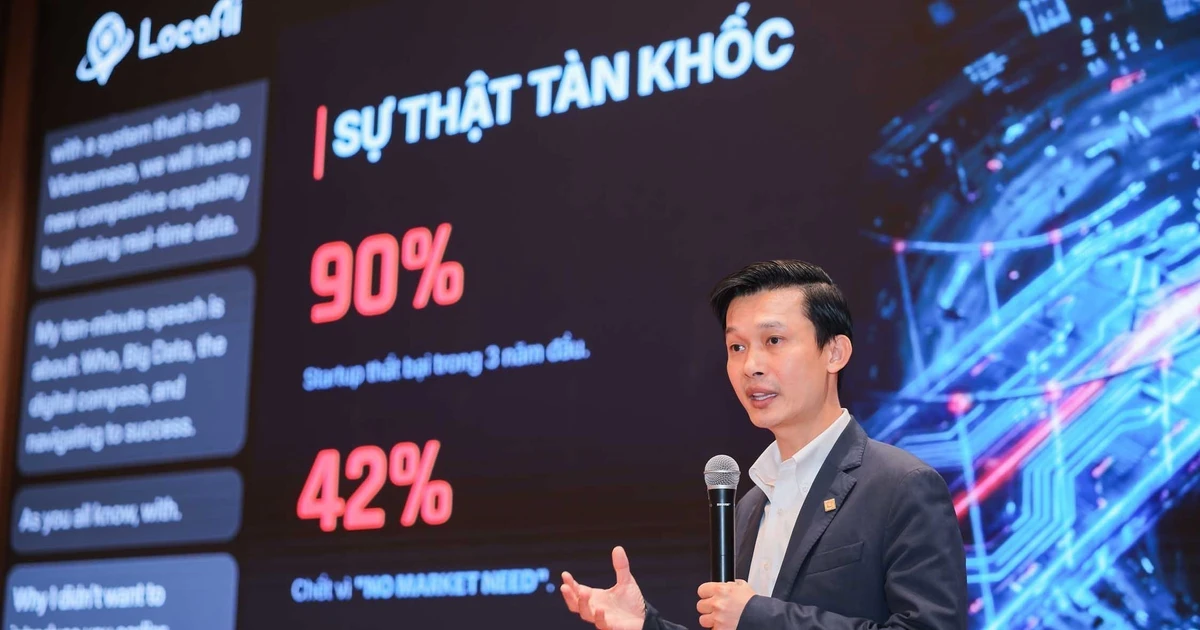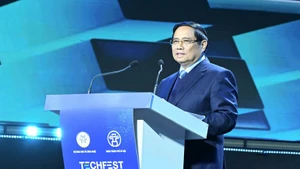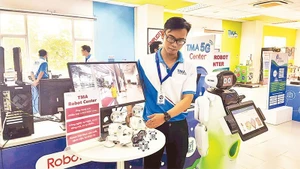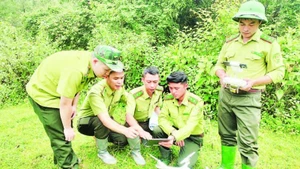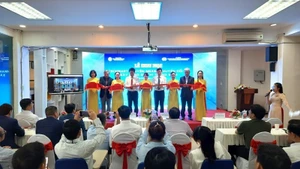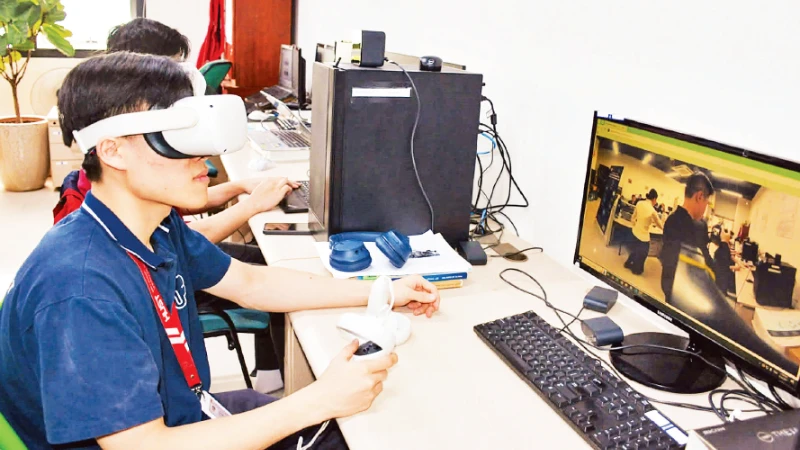The Viet Nam Space Museum covers more than 1,500 square metres of outdoor space and over 1,600 square metres of indoor space across two floors, designed in a modern style inspired by the vastness of the universe. It uses refined lighting effects and advanced simulation techniques to create a lively environment.
Models of satellites, planets, and rockets are meticulously crafted, arranged scientifically, and presented authentically, offering an experience that is both visually striking and impressive. The spatial layout is organised along a timeline—from the origins of the universe to present-day achievements and future prospects when fully operational.

After visiting the Viet Nam Space Museum, Deputy Prime Minister Nguyen Chi Dung toured the facilities of the Viet Nam Space Centre at Hoa Lac Hi-Tech Park and planted a commemorative tree, symbolising a commitment to environmental protection and sustainable development.
Following this, the Deputy Prime Minister met with the staff of the Viet Nam Space Centre, listened to their opinions, and discussed the future orientation of space development.
On this occasion, Deputy Prime Minister Nguyen Chi Dung congratulated the Viet Nam Space Centre on the launch of the Viet Nam Space Museum, expressing admiration, respect, and pride in the efforts of the Viet Nam Space Centre and the Viet Nam Academy of Science and Technology, and highly appreciated the distinctive and engaging experiences that the Museum has created.
To further promote the role of the Viet Nam Space Centre, the Deputy Prime Minister requested a focus on key tasks such as successfully implementing the “Strategy for the Development and Application of Space Science and Technology to 2030” and developing a strategic product: the “Made in Viet Nam” low-Earth orbit Earth observation satellite. He called for proactive connections with the national innovation ecosystem, especially the National Innovation Centre (NIC), as well as institutes, universities, pioneering corporations, and enterprises in the space technology sector (such as Viettel, SpaceX, and Amazon). He emphasised optimising investment resources, leveraging special mechanisms and policies, and connecting with experts and scientists to accelerate research activities, technology applications, and the creation of competitive products and services to meet the country’s development needs. Attention should also be given to training, improving the professional qualifications of experts, researchers, and young scientists, forming strong research groups in space science regionally and internationally.
Based on this, the Viet Nam Academy of Science and Technology and the Viet Nam Space Centre should become leading institutions for research, technological development, and satellite manufacturing in Viet Nam, gradually advancing to become top research institutions in the region and the world.
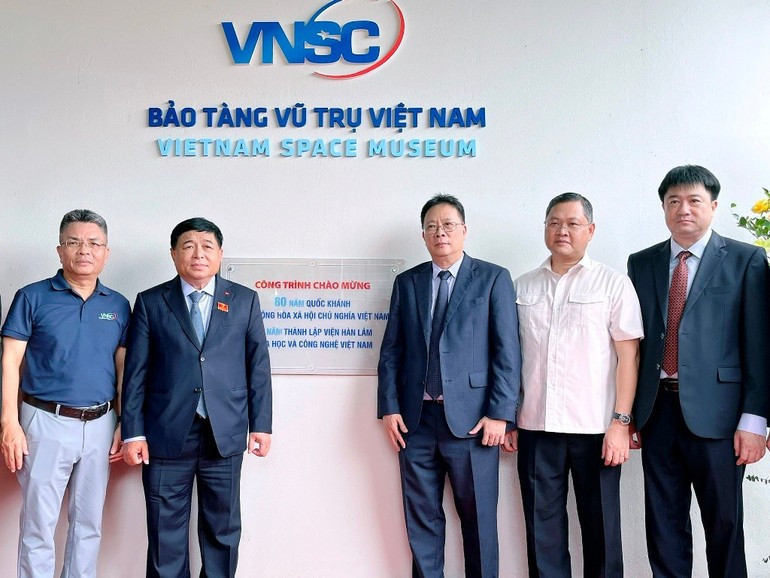
The Deputy Prime Minister reminded the Space Technology Centre to recognise this as one of Viet Nam’s strategic technology sectors. Therefore, the Centre should boldly propose investments in laboratories, machinery, and testing equipment to meet task requirements.
“The Government is committed to always accompanying and creating favourable conditions for the Viet Nam Academy of Science and Technology and the Space Centre to successfully perform assigned tasks, making practical contributions to the nation’s science and technology development, innovation, and digital transformation,” said Deputy Prime Minister Nguyen Chi Dung.
